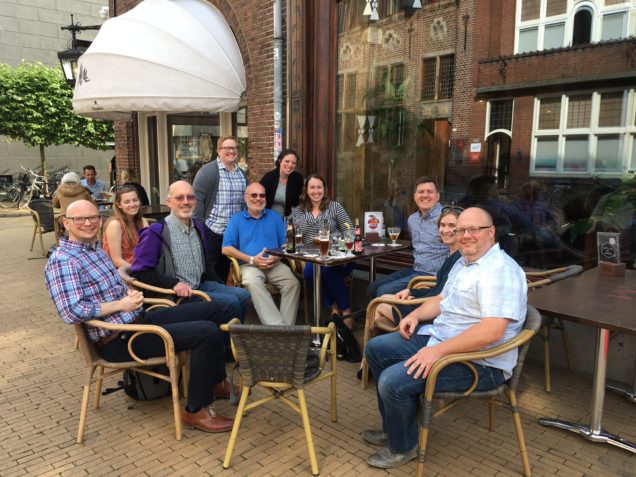

Auditory emotion-related cues could also be utilized to modulate the user's emotional reactions. Pew Program Grants for Undergraduate Science Education. It could be possible to use pupil size variation as a computer input signal, for example, in affective computing. In sum, our results showed that systematically chosen stimuli significantly affected the subjects’ physiological reactions and subjective experiences.


Further analyses showed that female subjects had significantly larger pupil responses than males only to neutral stimuli and only during the auditory stimulation. The subjective ratings confirmed that the stimuli influenced the subjects’ emotional experiences as expected. These results suggest that the autonomic nervous system is sensitive to highly arousing emotional stimulation.
#Psyscope program code#
Thanks to its creators, its code is now public, under the GNU GPL license.
#Psyscope program for mac os#
The primary goal of PsyScope is to give psychology students and trained researchers, alike, a tool that allows them to design experiments without the need for programming. PsyScope is a program to design and run psychological experiments, used by many experimental labs It runs on Apple Macintosh computers.It has been developed at Carnegie Mellon by Jonathan Cohen, Matthew Flatt, Brian MacWhinney and Jefferson Provost for Mac OS 9 in the '90s. The results for the time period of 2 s following the stimulus offset showed that pupil size was significantly larger after both negative and positive than neutral stimulation. PsyScope is an integrated environment for designing and running psychology experiments on Macintosh computers. The results showed that the pupil size was significantly larger during both emotionally negative and positive stimuli than during neutral stimuli. This is an extension for the PsyScope to be able to interact with the Arrington Research ViewPoint Eyetracker application. The subjects also rated their subjective experiences related to the stimuli. a baby crying and laughing), and 10 emotionally neutral sounds (e.g. Thirty subjects’ (15 females and 15 males) pupil responses were measured while listening to 10 negative and 10 positive highly arousing sounds (e.g. The present objective was to investigate pupil size variation during and after auditory emotional stimulation.


 0 kommentar(er)
0 kommentar(er)
